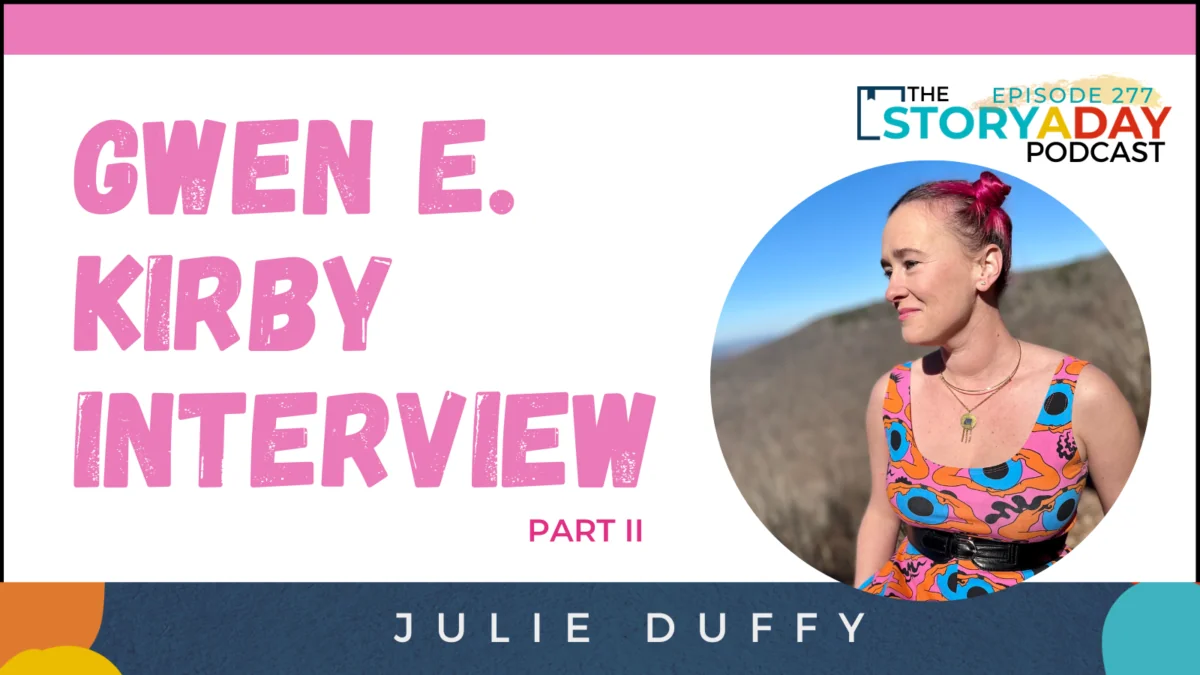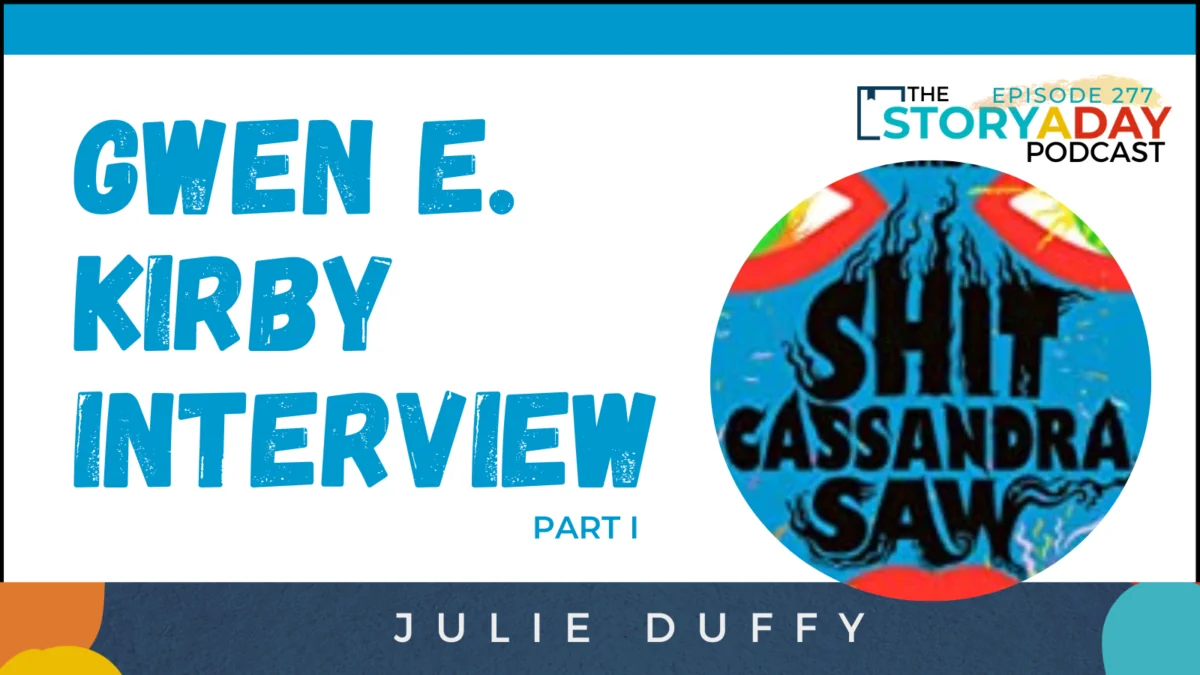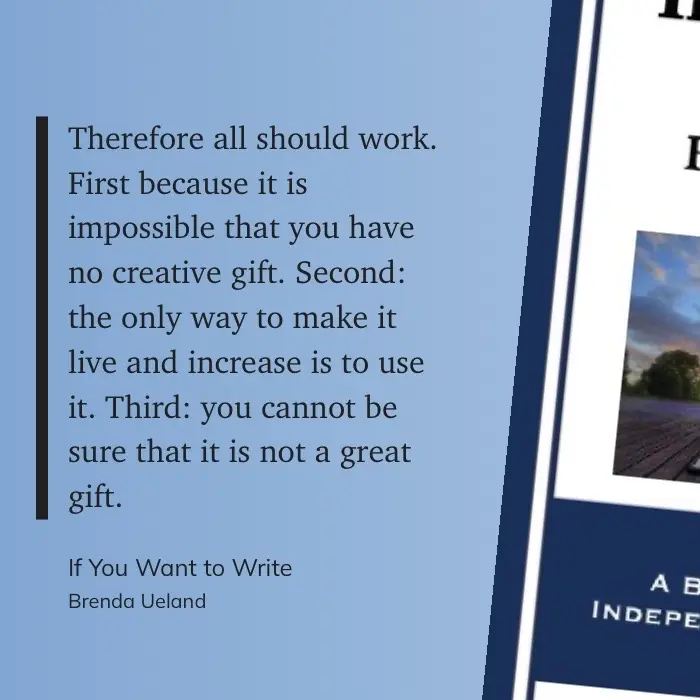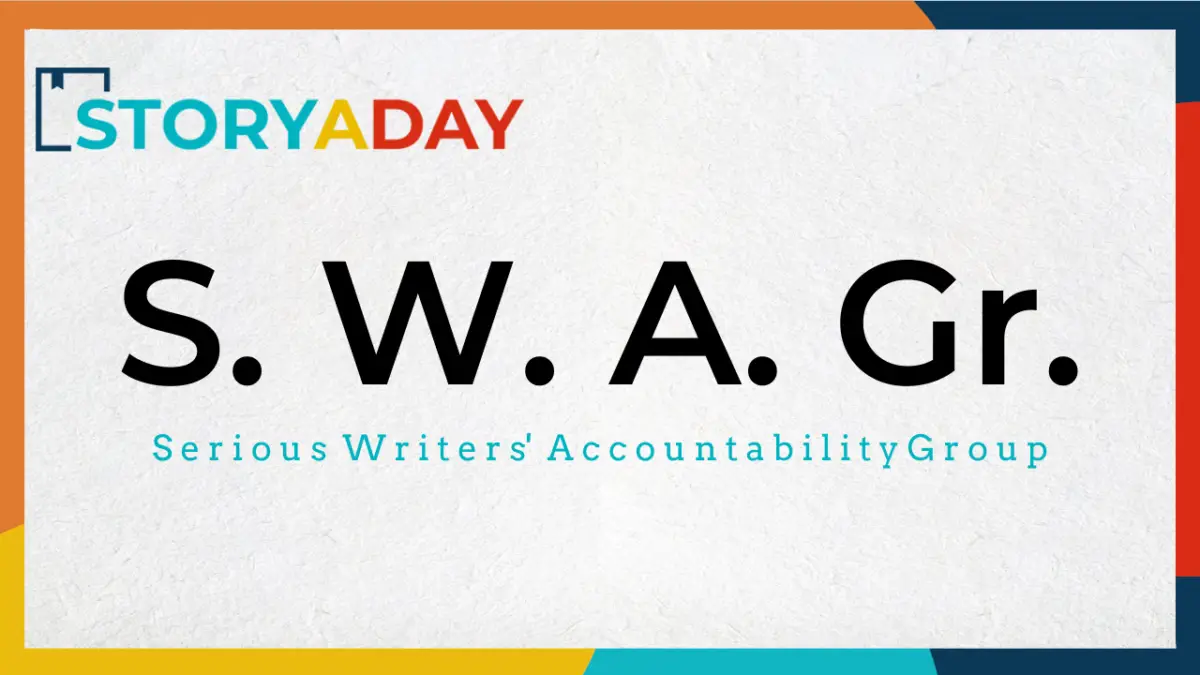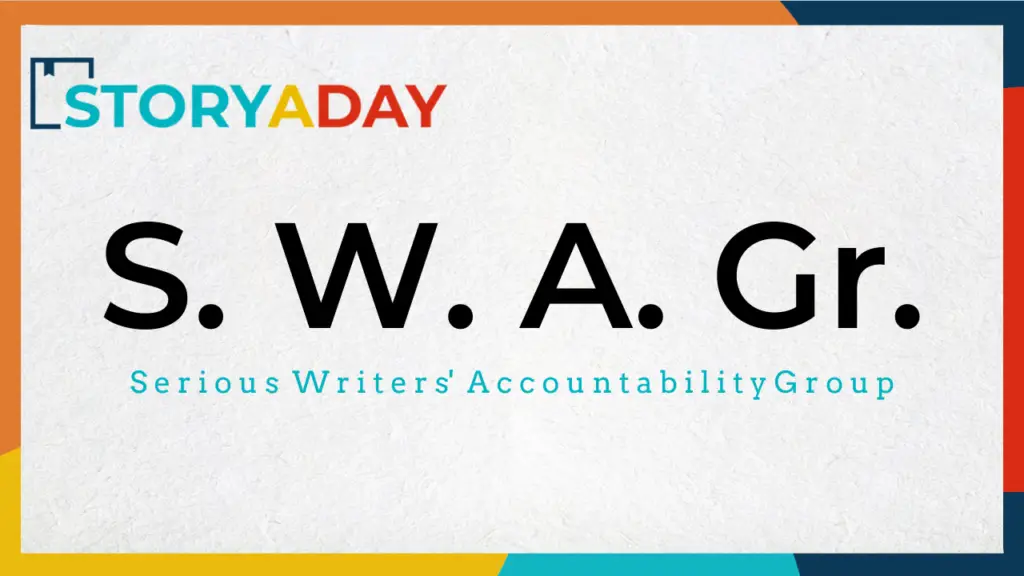“when we leave our characters in sort of these vagaries, these big emotions and these big ideas, we don’t have anything to hang the characters or the emotions on.”
-Gwen E. Kirby
In the second part of my conversation with Gwen E. Kirby we talk about developing characters that feel real to people, about writing at this moment in time, writing about women, and the question that Gwen Kirby doesn’t get asked often enough,
Gwen E Kirby is the author of the fabulous debut collection of short stories Shit Cassandra Saw. has a MFA from Johns Hopkins university. PhD from the University of Cincinnati and is the Associate Director of Programs and finance for the Sewanee Writers. Conference at the University of the South where she’s also teaching students about creative writing. Her writing has appeared in One Story Tin House Guernica. Smoke Long Quarterly, and many other places.
Need the transcript? Find it here
I hope it’ll leave you inspired and ready to get to your own stories!
Keep writing,
Julie
Want more?
Weekly writing prompts and lessons in your inbox, every Wednesday with the StoryAWeek Newsletter

